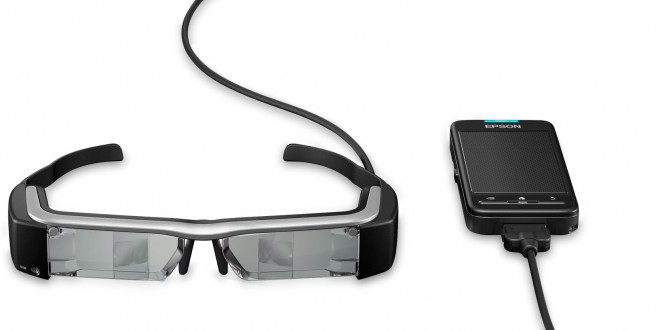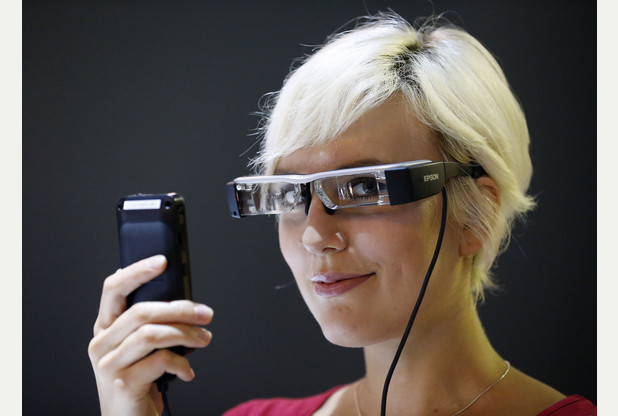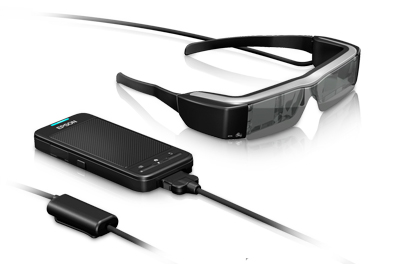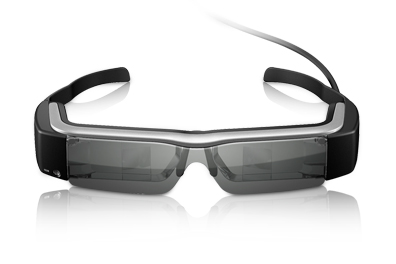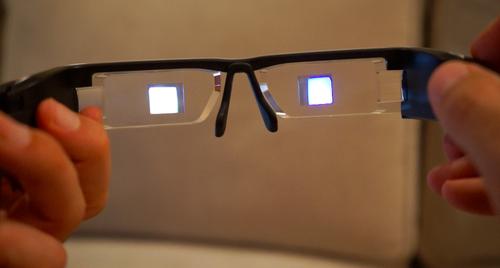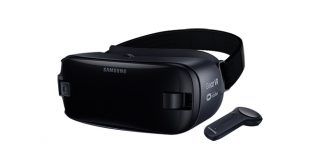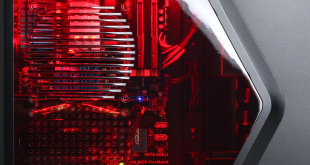Google Glass has had many tech enthusiasts pretty excited at the prospect of using a more simplified version of augmented reality through the digital glasses. Even though Google Glass is still considered to be in development, there have been many updates and improvements to the glasses so they can be more user friendly and practical.
Nonetheless, many are skeptical or even afraid of Google Glass because it does offer video capturing, voice activation and notifications, which might freak onlookers out. Not to mention that its design isn’t exactly unnoticeable. To be fair, you can tell from a mile away whether someone is wearing Google Glass or just regular eyewear. The biggest problem with Google Glass, though, is its price, $1500. That’s quite the hefty price to pay for in development technology.
Epson Moverio BT-200 is here to solve that. The glasses were presented at Photokina this week, and the developer edition retails for $700, which is less than half of what Google charges for Google Glass at the moment. The Epson Moverio BT-200 is an augmented reality platform in its essence, which comprises of the glasses themselves, a cable and an Android control unit.
There’s many things about the Epson Moverio BT-200 that not only compete with Google Glass, but outdo it in performance. But that’s because it has been designed with a different use in mind: augmented reality and virtual reality, whilst Google Glass focuses more on transferring what your smartphone can do, which is not a bad idea, it just needs refining.
What I like most about the Epson Moverio glasses is that you have the option of wearing them on your regular glasses or fit regular prescription lenses into the frame. It’s natural that this is my favorite feature, since I’ve been wearing glasses since I was 3. Anyway, the Epson Moverio glasses look quite obvious and you can tell someone is using them from two miles away, mostly because of the cable it needs to connect to the control unit.
The glasses also come with clip-on sunglasses, a case and they can actually be folded, unlike Google Glass. The technology used within the glasses is Epson’s own projector technology, When you look through the lenses, you see a big, sharp, colorful screen about 16 feet away. Unlike Google Glass, you have projectors on each of the lenses. That image is being reflected from miniature projectors in each earpiece into two semi-transparent mirrors in your field of view: one for each eye. The glasses offer translucent, binocular screens with motion sensors detecting the movement of your head, making these glasses optimal for virtual-reality games and other apps.
The control unit is a Wi-Fi and Bluetooth enabled device, touchpad, 8 GB internal memory and about 6 hours of battery life. You drag your thumb on the touchpad to control a cursor and tap to select. There isn’t an app store yet for the Moverio glasses, but Epson is planing on creating one in the near future, with apps specifically designed for VR and AR. Android apps can be loaded onto the device, though. You can watch movies, play games, use designing applications, view drone flight courses and if you were a pilot, you could actually project your flight route right in front of you.Clearly, these glasses were designed with specific uses in mind, whilst Google Glass has constant use in mind.
There are many prospective niche uses for the Epson Moverio BT-200 digital glasses and the technology built into them is really impressive. In my opinion, it’s one of the closest iterations of virtual and augmented reality we’ve only seen in movies before. They can be glasses that fit perfectly into a work environment, or ones that are perfect for gaming, navigating or just having fun. While Google Glass was designed with all-day use in mind, Epson Moverio BT-200 glasses don’t expect you to wear them all the time, just for the specific tasks they can do for you.
 Load the Game Video Games, Reviews, Game News, Game Reviews & Game Video Trailers
Load the Game Video Games, Reviews, Game News, Game Reviews & Game Video Trailers
